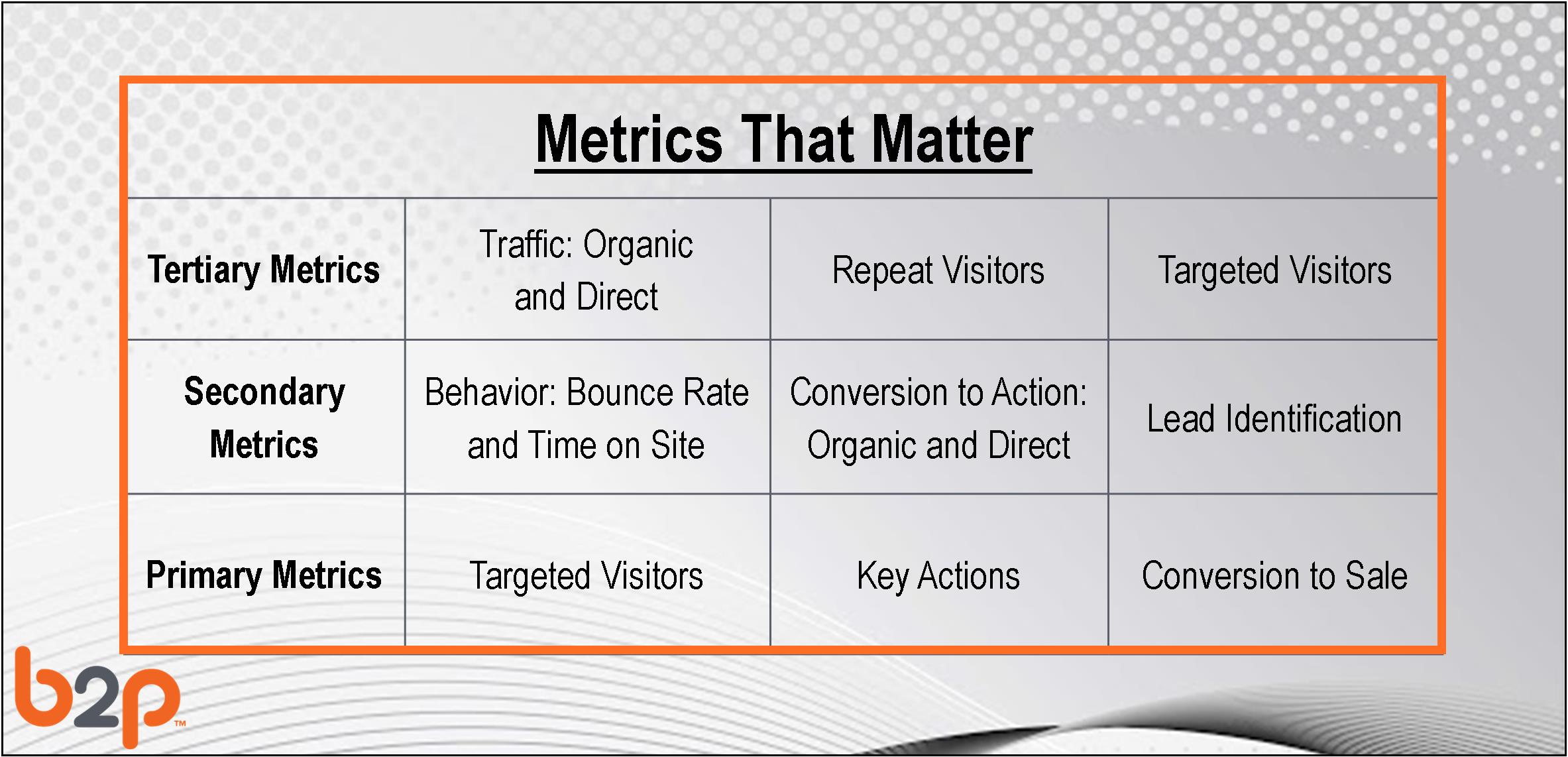Your website is your core digital asset, the hub of your digital presence. It can be a much smarter, more powerful sales tool that will generate higher engagement, proactively move prospects along their consideration journey, and give conversion a big boot in the butt. Learning to boost B2B website results can work to help you increase the yield from your targeted accounts (ABM).
Is Your B2B Website a Library or a Cocktail Party?
Websites have become passive, where stuff resides, not where relationships blossom.
The Billboard of Me
Is your website doing what your B2B prospects want and need it to do to move them through their unique consideration journeys? How do you know?
Here’s a quick challenge that will reveal the prospect orientation of your website—go to your website and under the Edit menu, go to Find. Enter a first-person pronoun, such as “we”. How many times does it come up? My guess is a lot. Now try searching for a third-person pronoun, like “you”, as in prospect.
My guess is that this is the billboard of “me.” You can search more, but you won’t find the money you are leaving on the table.
The Unrealized Potential
Consider this to boost B2B website results:
Your website does not stand alone but must be part of a larger marketing effort, from email marketing to social media. And it must be integrated with your CRM or marketing automation platform to personalize each prospect’s experience based on their interests and past interactions, moving them along the consideration journey.
Your website should address the needs of each audience segment separately. Once you’ve identified which executives contribute to the purchase decision, populate areas of your site with information that most directly addresses their considerations.
Your website must provide strong competitive differentiation based on who your prospects identify as your competitors and stressing the differentiators they find most compelling.
Three Critical Success Factors (CSF) to Boost B2B Website Results
I can’t give you the dissertation on smarter websites, but I can share the three critical components of smart websites:
- The Prospect to Product Connection.
- Metrics that Matter.
- Insurance.
CSF 1: The Prospect to Product Connection
To truly boost B2B website results, let’s first get very serious about what connects your products to your prospects. What is the insight on how to win your prospects and not just identify them when they cruise by.
New external research with current prospects and customers will generate a prospect persona for each of the contributors to the buying center. Each is an archetype, with substance, form, and personality. They provide a window into a company’s consideration journey and buying process.
This research also generates a Key Prospect Insight (KPI) which provides the competitive superior insight into these real people regarding their needs, information behavior, attitudes, and motivation—the prospect to product connection which drives segmentation and personalization.
Prospect personas drive:
- Persona-lization or the website’s ability to speak directly to the individual/persona.
- The account persona, or an overview of all participants, and a map for how the account moves through the decision cycle, who is involved, and when.
- Persuasion-oriented content. Tell the visitor, by persona, why they should care, why they need to change to solve their issue, and why should we change to you.
- Positioning. Use the KPI to identify the big idea. Communicate the big idea. Roll out the big idea.
CSF 2: Metrics that Matter
There are primary metrics, secondary metrics, and tertiary metrics. The primary metrics are the ones that leverage increased interest, engagement, and conversion. They are:
Unique visitors. And we can narrow this down even finer to unique visitors from targeted accounts.
Action. The clearest way of measuring engagement is when the visitor takes action, or responds to one of our offers—get information, ask a question, download a white paper. We’re not looking for just any action here but the ones that correspond to key junctures in the consideration journey
Conversion. Are we converting visitors to leads and leads into sales?
CSF 3: Agility
Let’s talk about the difference between goals and strategies. The goal of the smarter website is to increase attraction, engagement, and conversion, and that doesn’t change. Strategy, however, has to change. It has to get smarter as we get smarter through experience. Which leads to agility, or the ability to listen, understand, and respond.
I know it sounds like work but think of this as an insurance policy and not a gym membership.
Agility requires us to:
- Give up the “campaign” or project orientation. We’re not done learning just yet. I know the tendency is to say, thank goodness the website update is not done—I don’t have to worry about it for the next two years. However, agility, if it truly is a competitive advantage, takes what we’ve learned and puts it into immediate practice.
- Refresh key prospect insights regularly. Opportunities are regular win-loss analyses and yearly net promoter score (NPS) surveys (with a qualitative component).
- Pay attention to the right things—the metrics that matter. Industry benchmarks are interesting, but your own baselines are what really matters. Movement in the primary metrics is evidenced in the secondary and tertiary metrics. Therein lie the clues to improving performance.
- Take action. If you learn something, do something.
What’s in It for Me?
In our experience, companies that have worked to boost B2B website results and re-oriented their website have seen a 10% to 20% improvement in the website’s contribution to bottom line results—engagement, leads, and sales—within the first six months. Improvement from there is all in your hands and your commitment to agility.
This is a lot more than bright colors and a mobile-friendly orientation. This is about solid returns on your investment. It is a journey that starts with a line in the sand and a change for the smarter.
[I’d like to acknowledge the help and assistance of Wayne Cerullo, Phil Shelp, and Andrew Schulkind in developing this post.]
